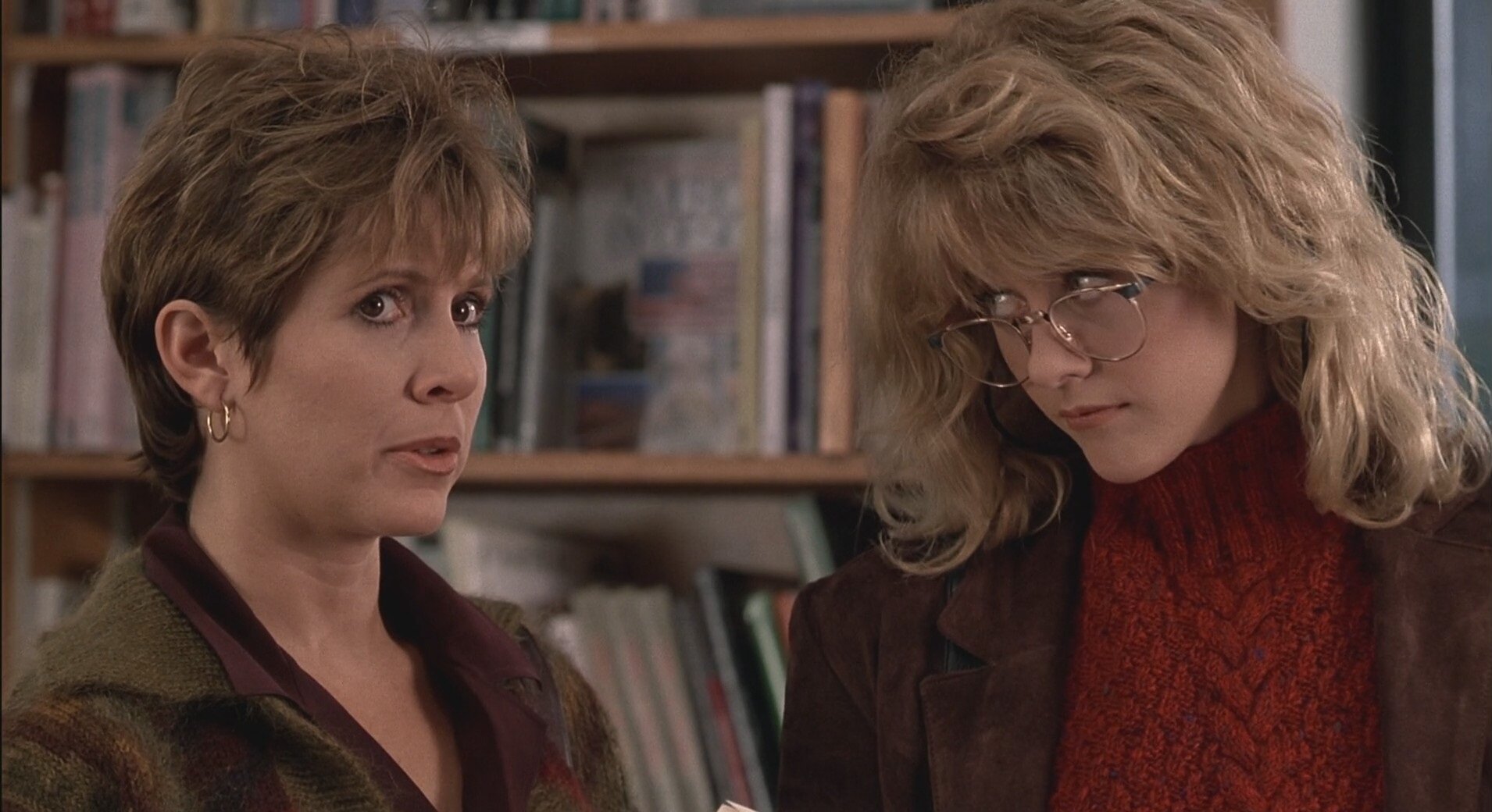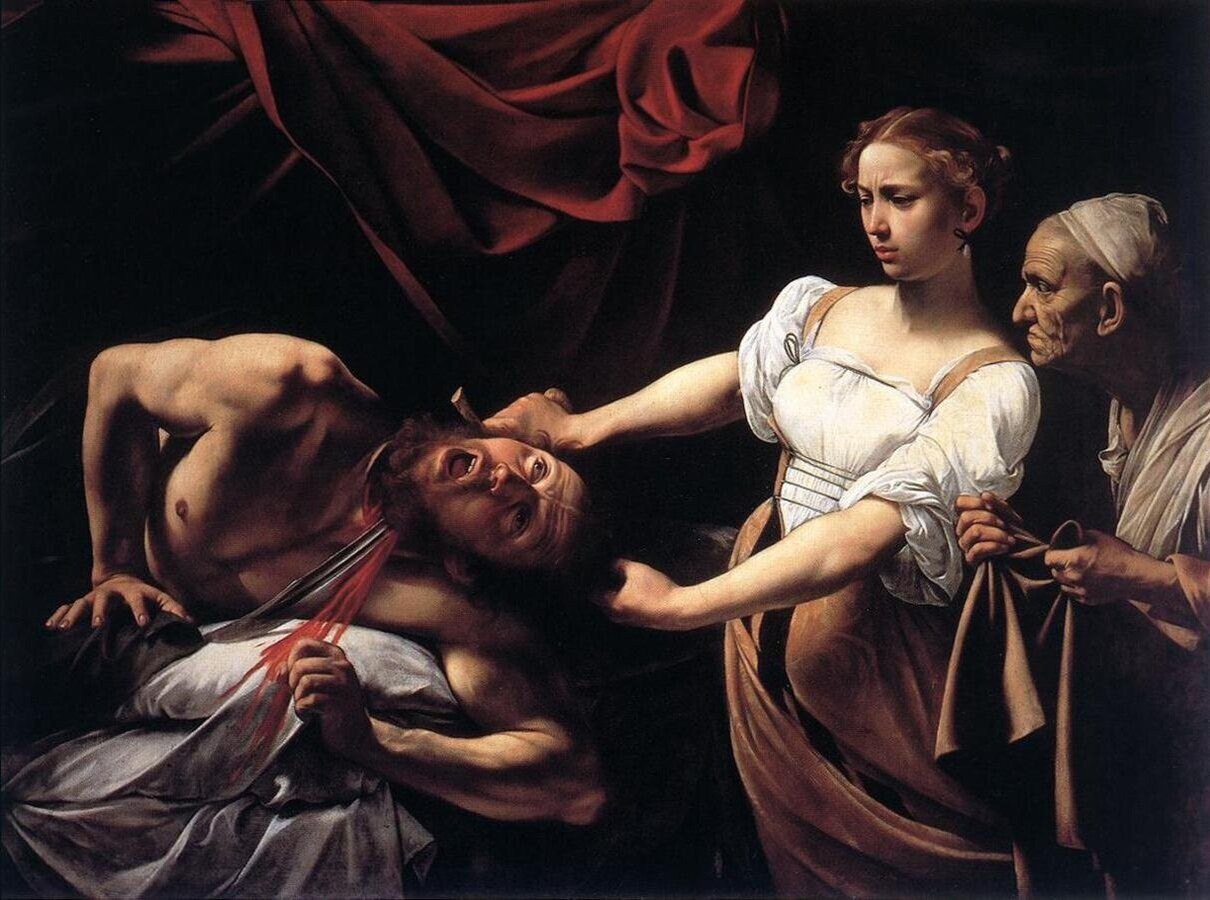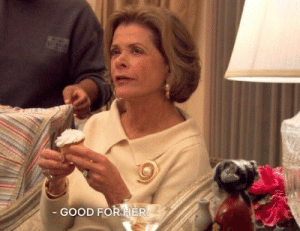Black Panther and the Legacy of Chadwick Boseman
/On August 28 of this year, it was announced to the world that the ever-talented actor, Chadwick Boseman, had died of cancer at the age of 43. He passed away at his home in Los Angeles in the company of his wife and family. Boseman was diagnosed with colon cancer four years prior but never went public with his illness.
This shocking news ricocheted around the world. Everyone was caught off guard. No one, not even the directors, producers, and actors he had worked within that course of time had any idea that he’d been ill. When my friend told me that morning, I thought they were making a sick joke to match the tragedies of 2020. I was wrong.
“A true fighter, Chadwick persevered through it all, and brought you many of the films you have come to love so much,” his family said in a heartfelt statement. “From Marshall to Da 5 Bloods, August Wilson's Ma Rainey's Black Bottom and several more - all were filmed during and between countless surgeries and chemotherapy.”
Boseman was best known for his roles as James Brown, Jackie Robinson, and most famously as the ruler of Wakanda in Marvel’s Black Panther. Black Panther was a record-breaking blockbuster success. It was clear that he was destined to embody that hero, and it’s a tragedy that he won’t be able to step in that role again.
“It was the honor of his career to bring King T’Challa to life in Black Panther.”
Grieving the death of celebrities has always felt quite weird to me. Despite them being a perfect stranger, I’ve cried and mourned for artists I have admired and died too soon.
We mourn them because they can represent our past or our youth; because their art has been a consistent comfort in our lives. Because they will never create anything new again.
The movies Boseman created have essentially become a vessel of time, transporting us back to when he still walked this Earth.
On Boseman’s birthday in November, a few months after he passed, I decided to watch Black Panther for the umpteenth time. I wanted to re-examine the experience it gave me back in 2018 as an audience member as well as an audience to its impact on black people around the world. Re-examining it reminded me, once again, why it was such a cultural touchstone.
Yes, it definitely is another installment of Marvel’s billion-dollar Cinematic Universe. However, all other superhero movies have been a Western-Man’s wet dream. Iron Man, Captain America, Ant-Man – all of them have been a fictional attempt to rewrite 9/11, to save ‘Merica.
In the MCU, the rest of the world knows Wakanda was a third world country located in sub-Saharan Africa. Under the cloak of a rainforest is actually a technologically advanced African nation, untouched by the horrors of Western colonialism.
Ryan Coogler and his team of experts, set and costume designers, and screenwriters, had to ask what does liberation looks like in the hands of Black people?
Coogler can’t be credited for defining black liberation, but this move let us glimpse into one version of it. Wakanda offered an Afrofutrist reimagining of a future filled with arts, religion, science, and technology from a Black perspective. It unapologetically celebrated the uniqueness and innovation of Afro culture. We see a futuristic nation that is also steeped in ancient African traditions, social systems, and Black identity.
And the leader of this visionary world? T’Challa. The King of Wakanda and protector of his people. The character has been seen as an inspiration for kids around the world – especially young black children, who rarely get to see themselves reflected in the heroes they watch on screen.
It wasn’t just children who Boseman inspired. This film came at a time where the importance of diversity and representation on screen was in demand. Cosplayers and adult fans were super keen to commemorate T’Challa and their favourite Black Panther characters.
Alternatively, Boseman’s death came after a summer of protests sparked by the murder of George Floyd. His death added a layer of grief for black folks in America and around the world.
After revisiting Black Panther, I’m confident in saying that the film did representation right with one of the greatest black ensembles in pop culture. But in 2020 we’ve moved beyond just representation. Black Panther created a hero, it created a world, it reimagined history without the violence of colonialism. Black Panther was a bubble in space in time where a Black nation is free of global anti-blackness, and they are flourishing.
What an honour to have watched Boseman exist in such a beautiful world.
Alannah Link
Alannah is a writer whose vivid self-awareness often veers into self-consciousness. She can be found either watching the latest A24 flick, spending too much money at the local bookstore, or curating a thematic Spotify playlist.
Blog: TheCrookedFriend



















